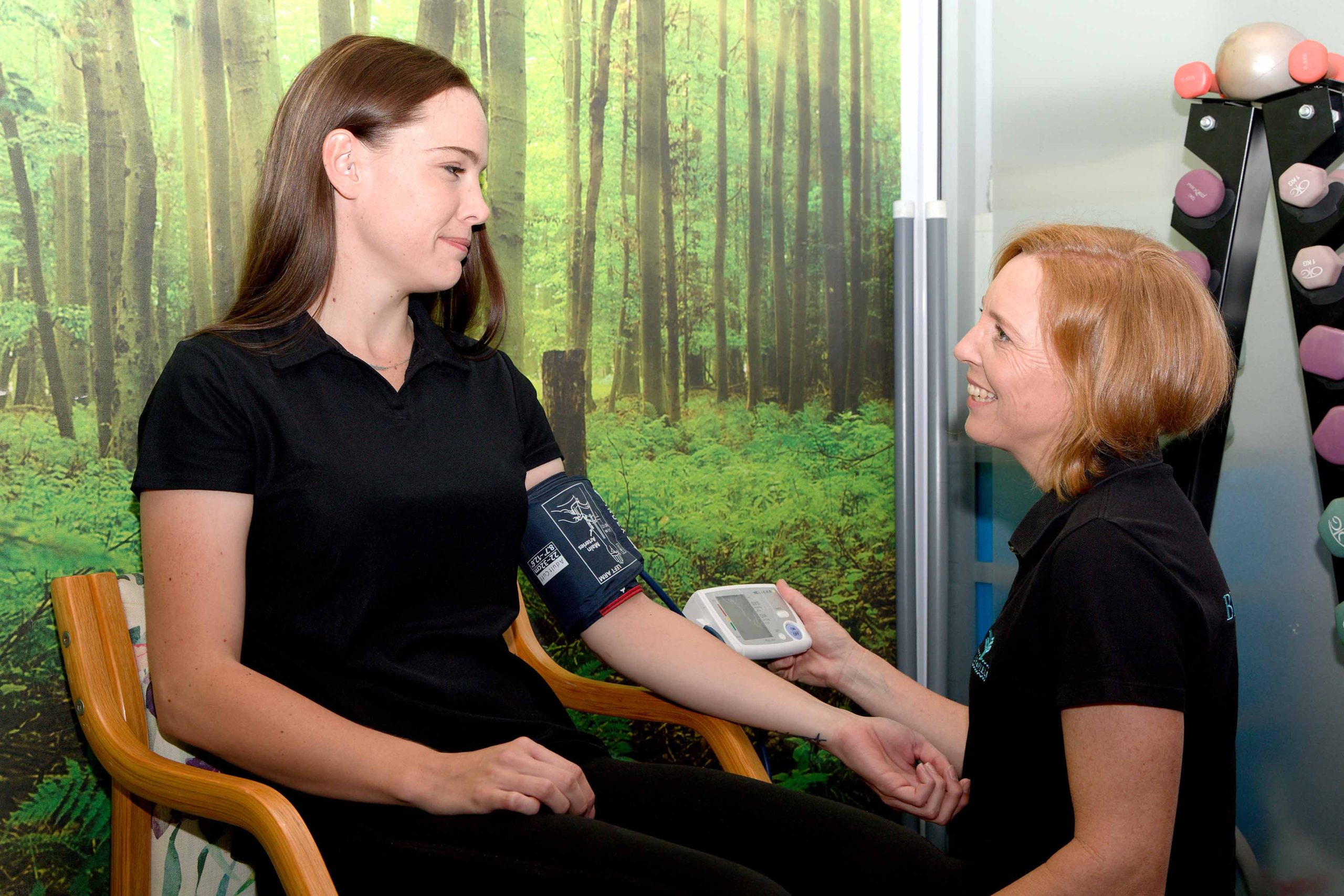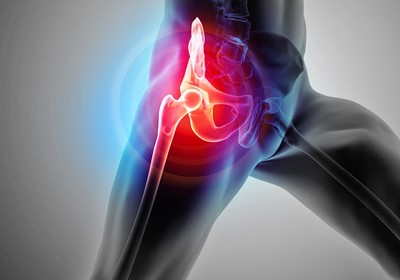
Objective Assessments
The Importance of Objective Assessments in Biokinetics: A Holistic Approach to Health
As biokineticists, one of our primary goals are to help clients achieve optimal physical well-being, whether it’s improving mobility, enhancing performance, or recovering from injury. One of the most powerful tools we have to guide our interventions are objective assessments – a key element in understanding the individual’s current physical state and creating a personalized treatment plan.
What is an Objective Assessment?
Objective assessments refer to a range of standardized tests and measurements used to gather quantifiable data about a person’s physical function and health status. These assessments are not based on personal opinions or perceptions, but rather, on solid, measurable metrics such as strength, range of motion, endurance, and posture.
For example:
Strength testing
Muscle activation potential and patterns
Flexibility and range of motion tests
Postural assessments
Functional movement screenings
These tests provide a baseline for understanding an individual’s capabilities and limitations. The results can be tracked over time, allowing both the biokineticist and the client to see tangible progress.
Why are Objective Assessments Essential in Biokinetics?
Individualized Interventions:
Every person is different, and what works for one individual might not work for another. By using objective data, we can create a highly personalized program that addresses specific areas of weakness, strength, and mobility. It ensures the exercise program aligns with the client’s needs.
Measurable Progress:
Unlike subjective assessments, where progress might be based on how someone feels or their perceived improvement, objective assessments provide hard data that show actual progress. This is motivating for clients, as they can see the numbers improving over time – whether it’s an increase in strength, better posture, or improved range of motion.
Injury Prevention and Recovery:
Objective assessments allow us to identify any potential imbalances, weaknesses, or dysfunctional patterns that could increase the risk of injury. Whether a client is coming to us for rehabilitation or injury prevention, these tests can pinpoint the areas that need extra focus to ensure a safe recovery and reduce the chances of future injury.
Accountability and Motivation:
When clients can see tangible results through their assessment scores, it boosts motivation. They become more invested in their recovery or fitness journey because they know their efforts are leading to real, measurable changes.
Comprehensive Understanding of Movement:
As biokineticists, our role isn’t just to improve fitness – it’s to understand the whole movement pattern. Objective assessments give us insights into how a client moves, which muscles are overcompensating, and which ones may be underperforming. This can help us not only improve performance but also prevent long-term issues.
Types of Objective Assessments Used by Biokineticists
Posture Analysis
Posture analysis helps identify misalignments or abnormalities that could lead to discomfort or pain.
Equipment which might be used:
3D motion capture, Posture screen software, Plumb lines.
Functional Movement Screen (FMS)
The FMS assesses basic movements like squatting and lunging to evaluate mobility, stability, and coordination. It helps identify dysfunctional movement patterns that could lead to injury or inefficiency.
Equipment which might be used:
FMS Scoring sheet, dowel stick for squatting assessments.
Strength Testing
Strength testing measures the force a muscle can generate, helping identify weaknesses or imbalances.
Equipment which might be used:
Handheld dynamometers, isokinetic machines, Pressure air biofeedback (PAB).
Cardiovascular Testing
Cardiovascular testing evaluates the heart’s response to exercise and helps measure overall fitness. Heart rate monitors and treadmill tests are commonly used to assess aerobic capacity and fitness levels.
Equipment which might be used:
Heart rate monitors (Polar, Garmin), Treadmill, Cycle ergometer.
Flexibility and Range of Motion (ROM)
Flexibility tests assess joint range of motion, identifying stiffness or limitations. Tools like goniometers and inclinometers are used to measure how far joints can move in different directions.
Equipment which might be used:
Goniometer, digital inclinometer.
EMG (Electromyography) Testing
EMG testing measures muscle activation patterns and efficiency during movement. It uses electrodes placed on the skin to detect electrical activity, helping assess neuromuscular function and muscle imbalances.
Equipment which might be used:
EMG devices, surface electrodes.
Gait Analysis
Gait analysis evaluates walking patterns to identify biomechanical issues that may cause discomfort or injury. It can be done using force platforms, pressure mats or insoles, or 3D motion capture systems.
Common Equipment:
Force platforms, PodoSmart Gait analysis, 3D motion capture systems.
Using Assessments for Long-Term Success
The value of these assessments doesn’t stop once the initial tests are completed. They should be repeated periodically throughout a client’s journey. Regularly monitoring progress ensures that the program is evolving alongside the client’s improvement, helping us make necessary adjustments and celebrate milestones.
By tracking these changes, we can also make data-driven decisions about whether a client’s exercise program needs to be intensified, adjusted, or modified based on their goals. It ensures that we’re always on the right path toward achieving a healthier, stronger body.
Conclusion
Objective assessments are more than just tests – they are tools that empower both the biokineticist and the client to understand and enhance the body’s capabilities. They allow for a clearer, more effective approach to health and wellness, ensuring that each client’s treatment plan is rooted in facts, not assumptions. In the world of biokinetics, assessments guide our way, fostering better results, a deeper understanding of movement, and ultimately, a healthier, more functional life for every individual we work with.
#Biokinetics #ObjectiveAssessments #MovementMatters #FunctionalFitness #InjuryPrevention #IndividualizedCare




